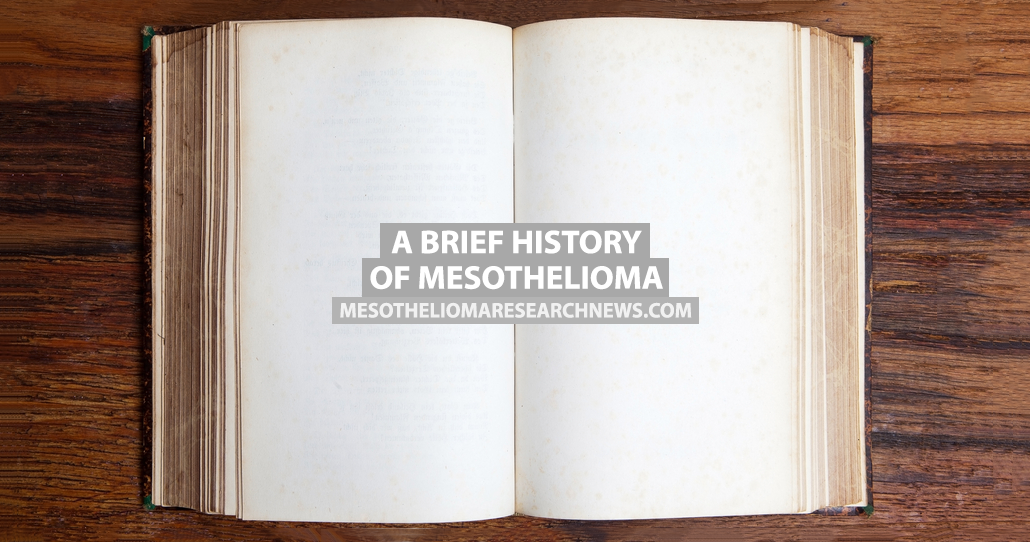Mesothelioma is a rare type of cancer that for many years, typically went undiagnosed or misdiagnosed. It affects around 3,000 people in the U.S. each year, and though there’s still no cure, we know much more about the disease now than we used to.
MORE: Mesothelioma statistics – the survival rates.
According to asbestos.com, the earliest mention of mesothelioma was recorded in France in 1767, when Joseph Lieutard noted two cases of pleural tumors in more than 3,000 autopsies. Then in 1819, French physician René-Théophile-Hyacinthe Laennec (who invented the stethoscope) studied pleural cells and suggested that malignancy could come from the pleura.
This was refuted in 1843 by Karl Freiherr von Rokitansky from Vienna University who suggested that pleural cancer was secondary to another cancer in a different part of the body, and for many years this theory was believed.
The term “mesothelioma” was first used by J.G. Adami in 1909 when doctors began to question the source of the cancer. British pathologist, Steven Gloyne, suggested there may be a link between mesothelioma and exposure to asbestos.
In 1943, a German researcher, Dr. H.W. Wedler, discovered that many people who had died from asbestosis had lung and pleural malignancies. However, the timing of his study meant that many outside of Nazi Germany chose to ignore his work.
The link between asbestos and mesothelioma was confirmed in South Africa in 1948 by medical researcher J.C. Wagner and physician Chris Sleggs. The two were working at a hospital near an area where crocidolite asbestos was being mined.
Over the next few decades, thousands of cases of mesothelioma were recorded as people fell victim to the deadly material. More than 600 Americans died of the disease in 1970 alone. The greater understanding of mesothelioma and other asbestos-related diseases led to safer working conditions, including a ban of asbestos in many industries.
MORE: Seven complications of mesothelioma.
Mesothelioma Research News is strictly a news and information website about the disease. It does not provide medical advice, diagnosis or treatment. This content is not intended to be a substitute for professional medical advice, diagnosis, or treatment. Always seek the advice of your physician or another qualified health provider with any questions you may have regarding a medical condition. Never disregard professional medical advice or delay in seeking it because of something you have read on this website.


